Media | Articles
The Space-Age Dodge Super-Lite illuminated the road ahead
In the late 1960s, as more powerful engines began proliferating in mainstream cars, an unexpected problem arose. Given that lighting technology had made no significant developments in decades, the risk of overdriving your headlights was more prevalent.
Growing from its candle-lit origins directly into the space age, automotive lighting technology took a leap forward with the Dodge Super-Lite. The controlled-beam Super-Lite utilized a quartz-iodide bulb for laser-like lighting accuracy. It focused its precision cast of light onto the road for forward visibility, designed to match the power and speed of small- and big-block V-8-equipped full-size C-body Dodges.
The Super-Lite worked like a film projector to illuminate the void between the low- and high-beam settings. Light focused through a rectangular aperture and glass lens that cast light wide and long but not high. The 85-watt Super-Lite was a production option precursor to modern projector headlights—a commendable attempt to improve on the sealed-beam headlight that by 1969 had been in service largely unchanged since its inception three decades earlier.
20171025132935)
20171025132957)
Designed in partnership with Sylvania, the Super-Lite was optional on the already well-equipped 1969 Dodge Monaco and Polara lineup. These full-size flagships were known as fuselage cars for their aerospace design and enveloping luxury. As the standard features section of the 1969 Monaco brochure noted, “There is no such thing as a stripped down version of this car.” The Super-Lite option went for about $50 (about $340 today) and added night vision to match the 375-horsepower performance of the 440-cubic-inch Magnum V-8, Dodge’s top available option.
Marketplace
Buy and sell classics with confidence
As with so many innovative and entirely sensible automotive lighting ideas, the Super-Lite projector auxiliary driving light was ahead of its time and regulatory environment. Dodge dropped the option for 1970 in the face of various state and federal challenges, coupled with an unfortunate lack of consumer embrace of the new and improved lighting technology—even if, according to this puzzling Dodge Monaco TV advertisement, it was more effective than a camera lens against charging rhino.
Short-lived as it was, the Super-Lite was an early attempt at revolutionizing automotive lighting technology. From xenons to HID projectors, automatic high-beams, and active headlights that adjust as the car corners, we’re now seeing the road ahead better than ever.
20171025133054)
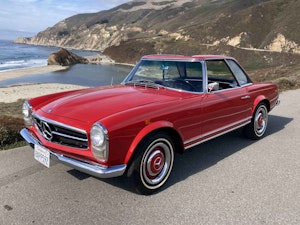
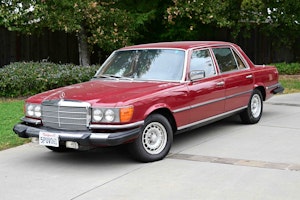
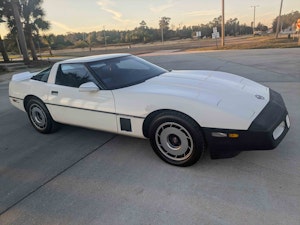
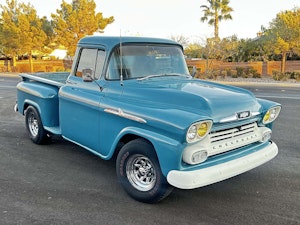
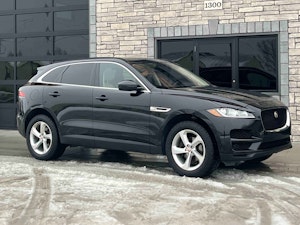

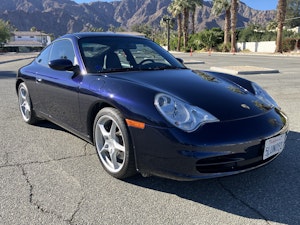
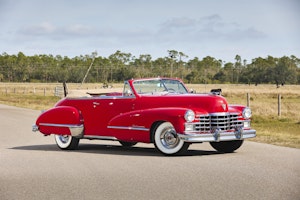
20171025133259)
20171025132749)
20171025133213)
20171025133318)


I think I saw on this on a grill in a junkyard many years ago. If I saw a car for sale with this option, I would buy it just for the cool light!